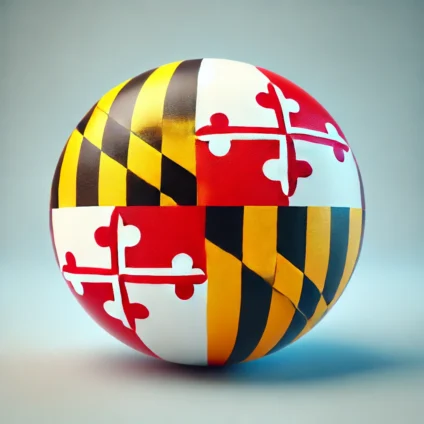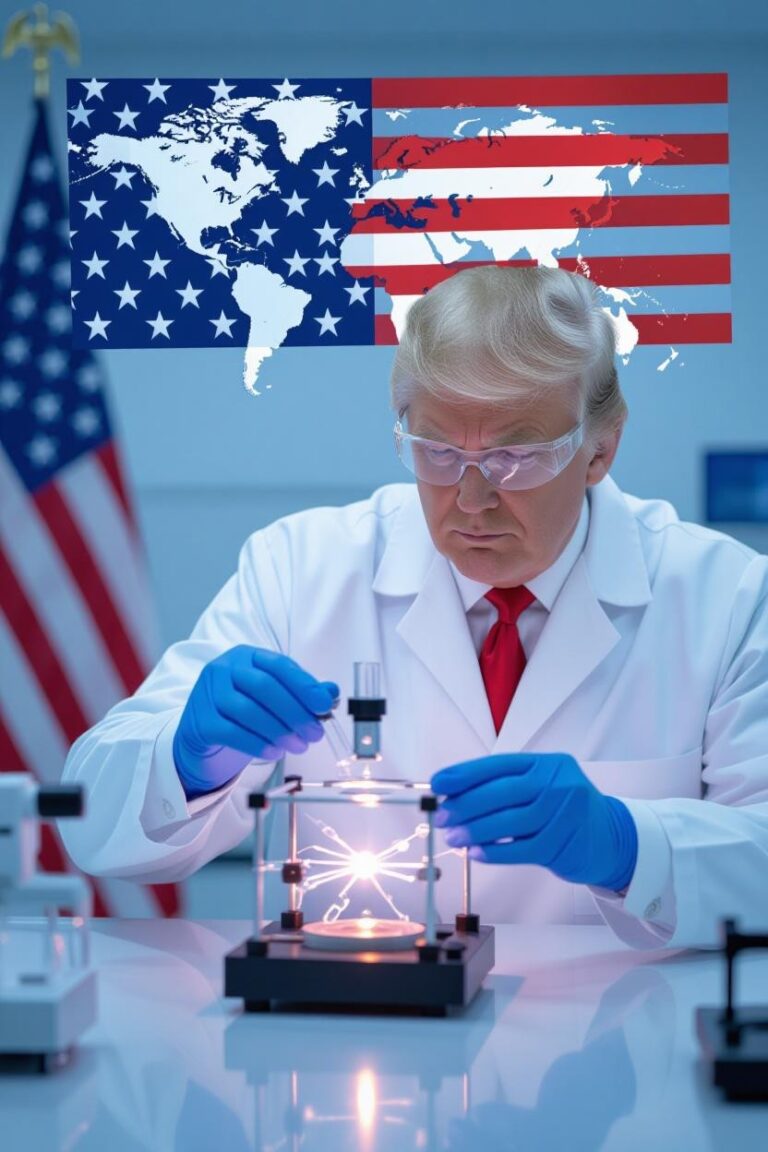
Maryland Launches $1 Billion Quantum Project with IonQ and UMD
Maryland invests $1 billion with IonQ and UMD to grow the quantum sector, advance research, and create high-skilled jobs.

Maryland invests $1 billion with IonQ and UMD to grow the quantum sector, advance research, and create high-skilled jobs.
NSF advances 10 quantum technology and artificial intelligence Innovation solution teams to the next phase of the Convergence Accelerator program The U.S. National Science Foundation
NRL Quantum Research Center Celebrates First Year of Research, Collaboration Jonathan Kwolek, a U.S. Naval Research Laboratory research physicist, shows an atom interferometer to Chief
NRL Quantum Research Center Celebrates First Year of Research, Collaboration Jonathan Kwolek, a U.S. Naval Research Laboratory research physicist, shows an atom interferometer to Chief
Scientists on the hunt for an unconventional kind of superconductor have produced the most compelling evidence to date that they’ve found one. In a pair of papers, researchers at the University of Maryland’s (UMD) Quantum Materials Center (QMC) and colleagues have shown that uranium ditelluride displays many of the hallmarks of a topological superconductor–a material that may unlock new ways to build quantum computers and other futuristic devices.
Scientists on the hunt for an unconventional kind of superconductor have produced the most compelling evidence to date that they’ve found one. In a pair of papers, researchers at the University of Maryland’s (UMD) Quantum Materials Center (QMC) and colleagues have shown that uranium ditelluride displays many of the hallmarks of a topological superconductor–a material that may unlock new ways to build quantum computers and other futuristic devices.
UD JOINS MID-ATLANTIC QUANTUM ALLIANCE The University of Delaware has joined the Mid-Atlantic Quantum Alliance — a hub for quantum technology research, development, innovation and
A Year of Growth The Mid-Atlantic Quantum Alliance—a rapidly growing hub of quantum technology research, development, innovation and education organized and facilitated by the University
Quantum technology is moving from the lab to startups. Here’s why it’s a strength for UMD Key points… + Computing is one several areas where
Trapped ion quantum simulators may soon offer new means to explore the properties of matter emerging from complex interactions among quarks, gluons and the other




